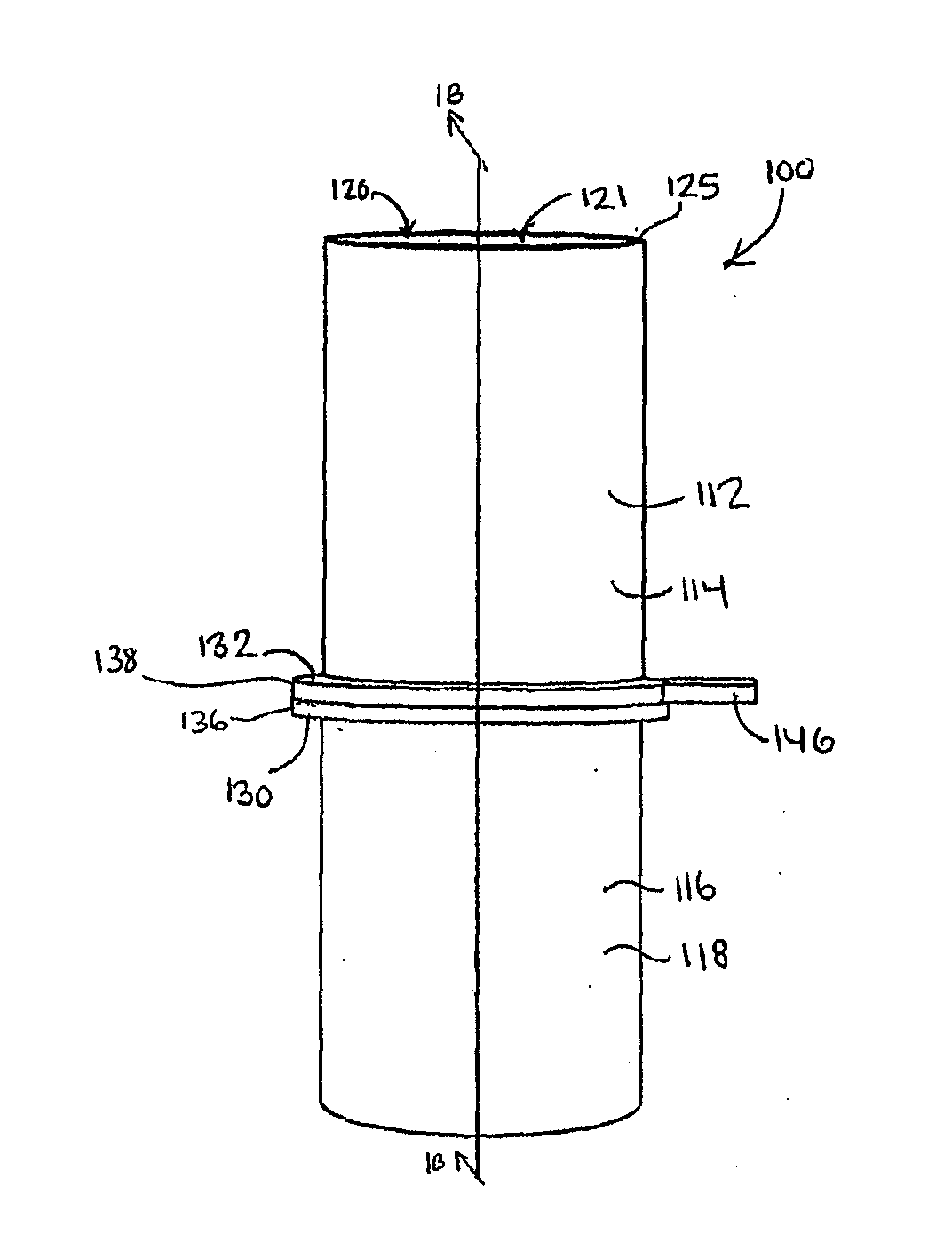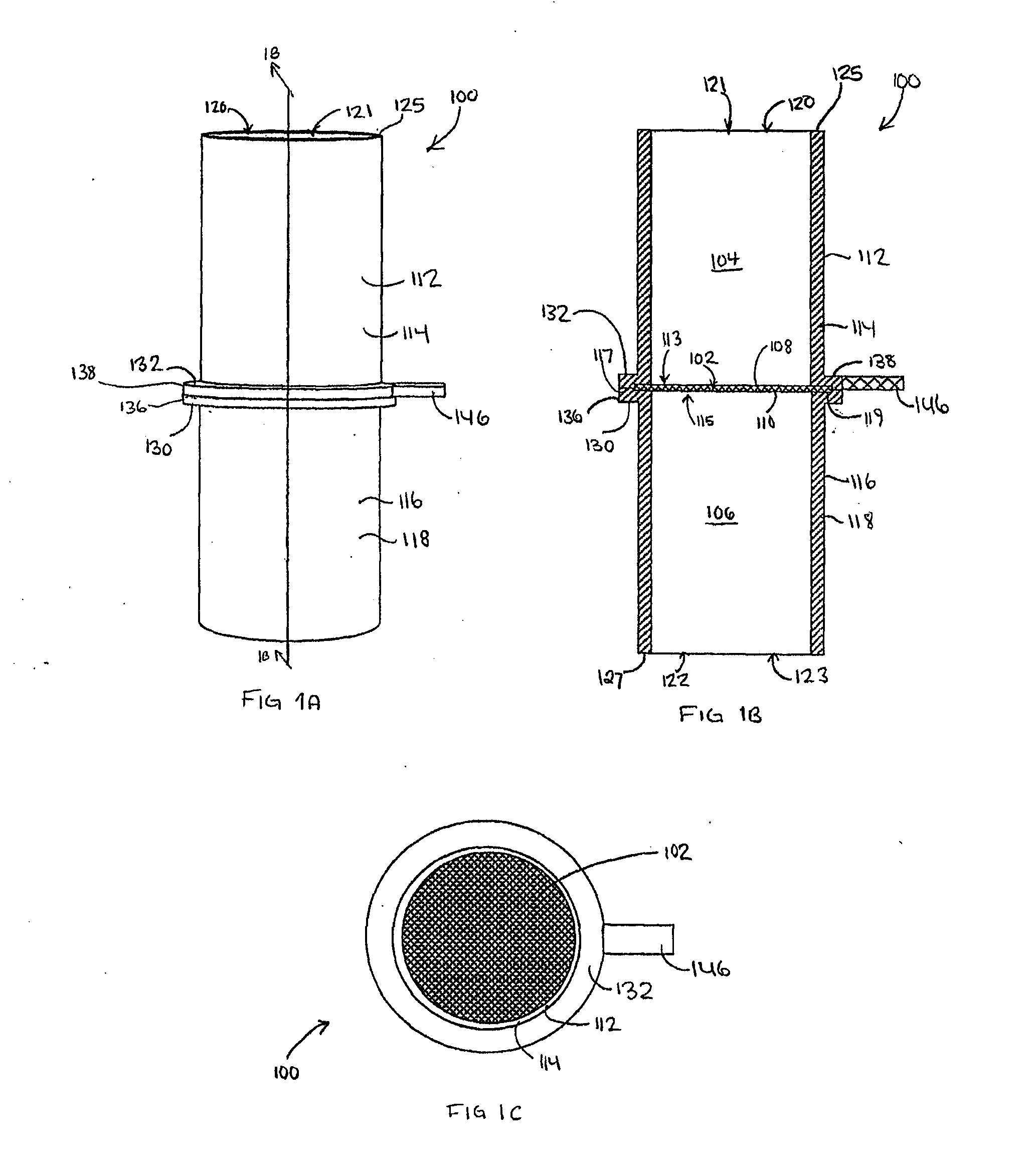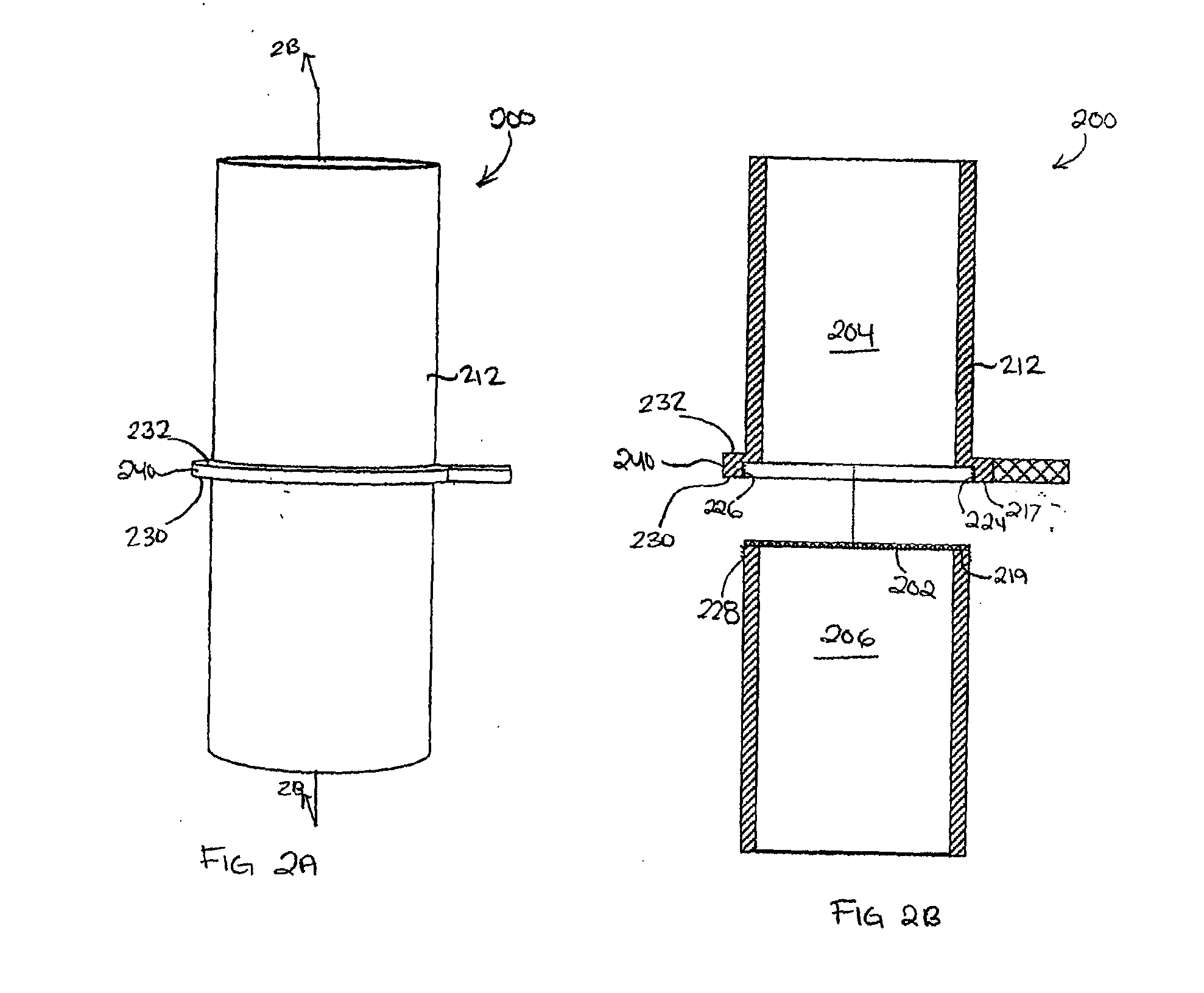Filter apparatus and filter plate system
a filter apparatus and filter plate technology, applied in the field of filter apparatuses and filter plate systems, can solve the problems of reducing the adhesion to the culture surface, reducing the viability of the colony, and/or reducing the maturity of the colony, so as to minimize the disturbance of aggregates and reduce the disturbance of culture media. , the effect of efficient and rapid replacement of culture media
- Summary
- Abstract
- Description
- Claims
- Application Information
AI Technical Summary
Benefits of technology
Problems solved by technology
Method used
Image
Examples
example 1
Formation of Human ES Cell Aggregates by Forced Aggregation in Microwells
[0166]The following example used a microwell-textured plate (AggreWell™400 from Stemcell Technologies Inc., Vancouver, Canada, Catalogue #27845) for the forced aggregation of human embryonic stem (hES) cells in to embryoid bodies (EBs) of defined cell numbers.
[0167]Undifferentiated H1 hES cells were cultured to semi-confluency, using standard techniques. Typically, colonies reach semi-confluency 6 days after passaging of 2400 small clumps onto matrigel-coated 10-cm dishes and 7 mLs of mTeSR™1 media with daily media changes. An AggreWell™400 plate was removed from the packaging in a sterile tissue culture hood. Each of the 8 microwell-containing wells of the plate was rinsed with 1 mL of PBS, and the PBS was then removed by aspiration. 1 mL of medium was added to each well of the AggreWell™400 plate. Medium used in this example was AggreWell Medium™ (STEMCELL Technologies, Catalogue #27845). Y27632 Rock inhibito...
example 2
Separation of EBs from Single Cells Using Commercially Available Cell Strainer in Non-Standard Way
[0169]EBs were formed as described in Example 1, using AggreWell™400 from Stemcell Technologies Inc. Briefly, a single cell suspension containing 2.4×106 H1 hES cells was added to each well of an AggreWell™400 plate, to generate approximately 1,200 EBs of 2,000 cells each. The EBs were then harvested as follows:
[0170]A cell strainer with 40 μm nylon mesh (Becton Dickson, Catalogue #352340) was removed from its packaging inside a sterile tissue culture hood and handled via its handle. The strainer was carefully placed upside down atop 50 ml test tube, as depicted in FIG. 12A. The cell strainer is not stably supported in this position, so a tight-fitting test tube rack was used to hold the 50 mL tube completely level and upright. Care was also taken throughout this procedure to avoid bumping the tube or the strainer, as it could easily fall off the tube. EBs were harvested from the AggreW...
example 3
Separation of EBs from Single Cells Using Filter Apparatus Prototype-1
[0173]A filter apparatus as described hereinabove with respect to FIG. 1 was fashioned using the plastic casings from 2 commercially available cell strainers, and 50 μm nylon mesh. The cell strainers were disassembled, removing the mesh and side walls, leaving only the plastic casings. The plastic casings were placed with upper (flange) edges facing each other. A fresh piece of nylon mesh with 50 μm diameter openings (BioDesign Inc.) was placed between the two plastic casings, and the 3 parts were glued together. Excess nylon was trimmed from around the casings, resulting in the apparatus shown in FIG. 14. This device fit securely atop a 50 mL tube in either orientation.
[0174]Side walls were then fashioned onto the device using materials available in the lab such as tape and parafilm, to create a reservoir for application of cell suspension or washing solutions. The resulting device is shown in FIG. 15. This proto...
PUM
| Property | Measurement | Unit |
|---|---|---|
| Pore size | aaaaa | aaaaa |
| Pore size | aaaaa | aaaaa |
| Mesh size | aaaaa | aaaaa |
Abstract
Description
Claims
Application Information
 Login to View More
Login to View More - R&D
- Intellectual Property
- Life Sciences
- Materials
- Tech Scout
- Unparalleled Data Quality
- Higher Quality Content
- 60% Fewer Hallucinations
Browse by: Latest US Patents, China's latest patents, Technical Efficacy Thesaurus, Application Domain, Technology Topic, Popular Technical Reports.
© 2025 PatSnap. All rights reserved.Legal|Privacy policy|Modern Slavery Act Transparency Statement|Sitemap|About US| Contact US: help@patsnap.com



